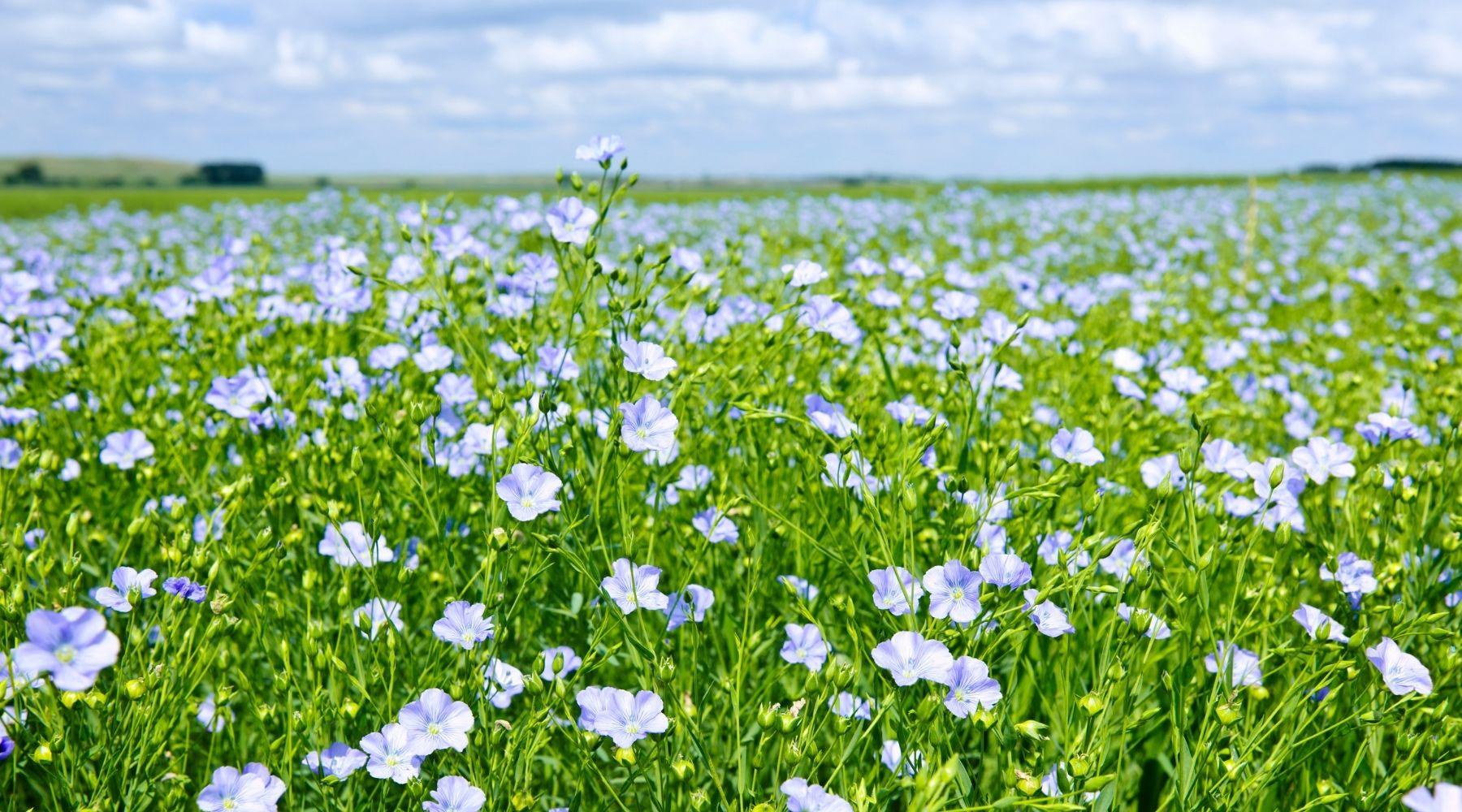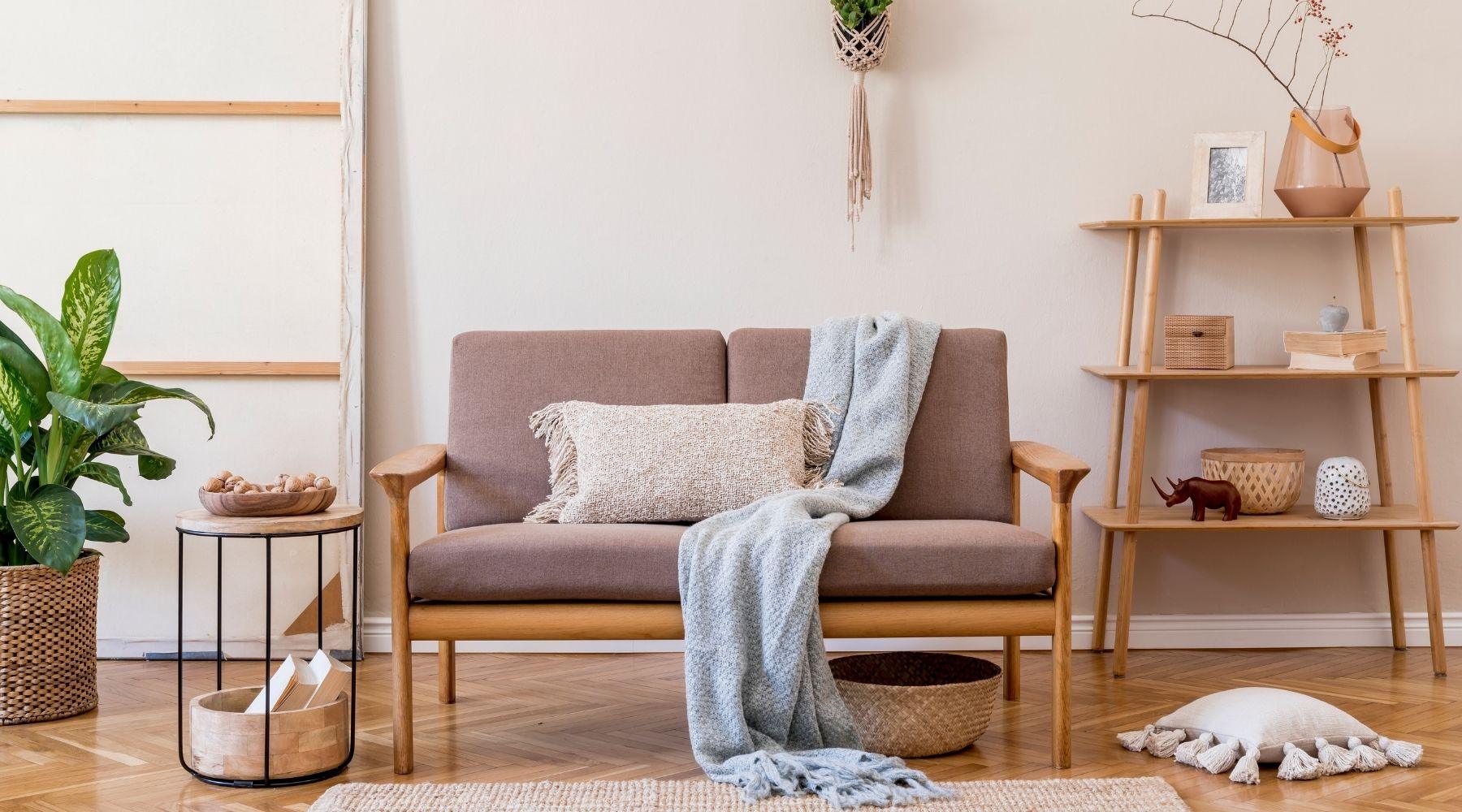
The Original Sustainable Bedding Textile: Flax Linen
When London’s V&A design museum launched their Fashioned from Nature exhibition in 2018, they hailed linen as “the original sustainable material.” As one of the world’s oldest cultivated plants, flax linen predates modern environmentalism by thousands of years, yet even the first people to use it recognized the value in its longevity. The ancient Egyptians wrapped their most venerated pharaohs in linen bandages to prepare them for the afterlife, and Middle-Age European households cultivated the precise amount of flax for their yearly domestic needs.
With the arrival of industrialization, linen’s popularity was superseded by cotton and, later, plastic textiles. But our increasing awareness of the environmental impact of these latter materials has led us to reconsider linen and the characteristics of longevity, sustainability and simplicity that captivated our ancestors.
Long-Lasting Linen
We’ve mentioned how linen was used in Egyptian mummification and those bandages—as well as numerous linen garments from the time—survive to this day in museum collections. But even linen used for heavy-duty farm work lasts for centuries. In 2017, celebrated English designer John Alexander Skelton unveiled a menswear collection made from 19th-century linen grain sacks, looking almost as good as new. Linen is also blended with cotton in the American dollar bill to give it its characteristic strength—each bill lasts an average of 6.6 years, despite changing hands more than 700 times throughout its life.
When a material lasts this long, it need not be discarded or replaced. As a result, linen has become the poster textile for the anti-consumerist “slow fashion” movement; linen duvet covers are so durable, families pass them down as heirlooms.
Not only does linen bedding last for decades but it can also be used year-round, further cementing it as the most versatile textile choice for bedclothes. No need to shuffle duvets of different weights around with each changing season—linen, with its insulating qualities, keeps you warm and cozy even during the coldest winter months.
Waste Not, Want Not
European flax is a waste-free crop—what is not used for textile production goes on to make paper, varnish, and animal fodder. Another well-known byproduct of linen production is flaxseed oil, a great source of fiber and omega-3 oils. Even the roots left in the ground biodegrade and fertilize the soil for the next crop. All undyed linen products are fully biodegradable, so they won’t hang around in landfill like polyester or nylon will.
Flax requires no irrigation and only rainwater to grow—6.4 liters per linen shirt—compared with cotton, which requires 2,700 liters of water for just one shirt! An oft-cited statistic by the CELC (European Flax and Hemp Confederation) is that if everyone in France were to buy a linen shirt tomorrow instead of a cotton one, they would save the equivalent of all of Paris’ drinking water for one year.
The problem becomes yet more serious when you consider that 57 percent of global cotton production takes place in areas of high or extreme water stress, contributing to environmental and health issues in those areas. The Aral Sea, in central Asia, has almost disappeared due to decades of water diversion to surrounding cotton plantations. The effect has been devastating—an altered climate, the collapse of the fishing industry and salt-laden dust storms that cause respiratory disease in local people. Dam-building has reversed some of the damage—but not fast enough.
Flax is also better for our oceans. When we wash plastic-based textiles, tiny microfibers shed into the water and end up in the sea. They’re then ingested by fish and work their way up the food chain—and onto our plates. Although their effects on animals are not yet well understood, preliminary studies in crabs suggest plastic ingestion affects crabs’ appetite and stunts their growth. Natural fibers like flax have no detrimental effect on ocean life, making them the obvious choice for ocean lovers.

Say Goodbye to Toxic Chemicals
Cotton is a magnet to insects, requiring $2-3 billion of pesticides every year—an incredible 16 percent of the world’s total pesticide use. The toxic chemicals run off into drinking water supplies, finding their way into fish stocks and even human breast milk. According to the World Health Organization, long-term exposure to pesticides can increase the risk of developmental and reproductive disorders and certain cancers. Flax, on the other hand, is pest-resistant and requires no fertilizers or pesticides. Retting—the process by which the linen fiber is separated from the straw—requires only rain and sunshine to soften the stalks. The result is that the surrounding countryside is spared from toxic runoff and people are spared exposure to harmful chemicals.

That said, some non-organic flax growers still use chemicals to speed up the process. If in doubt, check that your linen is certified European Flax. Our organic linen duvet covers are not only certified European Flax but also carry GOTS and OEKO-TEX certification, covering all aspects of sustainable and ethical production. These certifications confirm that our linens are free of harmful dyes, heavy metals, and GMOs, and are made using zero irrigation and zero harmful chemicals. Plus, our duvet covers were awarded the Best Duvet Covers of 2025 designation by NBC!
Flax Farms—A Natural Carbon Sink
More than ever, we are aware of our need to reduce our collective carbon footprint and avert environmental crises caused by the warming earth. Sadly, textile production is one of the world’s most polluting industries, producing more than 1.3 billion tons of carbon dioxide per year—around 10 per cent of the world total and more than international flights and maritime shipping combined. Synthetic textiles are among the worst offenders as they are made from crude oil, often in coal-burning factories that belch out carbon-laden smoke.
Fortunately, switching to linen can help. According to the CELC, European flax fields capture 276,000 tons of carbon dioxide every year, the equivalent of one person flying coach from Seattle to New York 385,000 times.
Finally, one lesser known contributor to textile-related emissions is garment care—washing, drying and ironing. Our linen duvet covers are designed to be washed cold and look better without ironing, so you can enjoy your linen in its natural, subtly wrinkled state, knowing your choices are helping the environment.
Now that you’ve learned about the environmental benefits of switching to linen bedding, check out our collection of Scandinavian duvet covers. Made from 100% European certified flax linen, our modern duvet covers come in solid earth tones or prints inspired by the beautiful Scandinavian flora. How are you living more sustainably? We’d love to hear—let us know on Instagram, Pinterest, Facebook, or Twitter!







Leave a comment
This site is protected by hCaptcha and the hCaptcha Privacy Policy and Terms of Service apply.